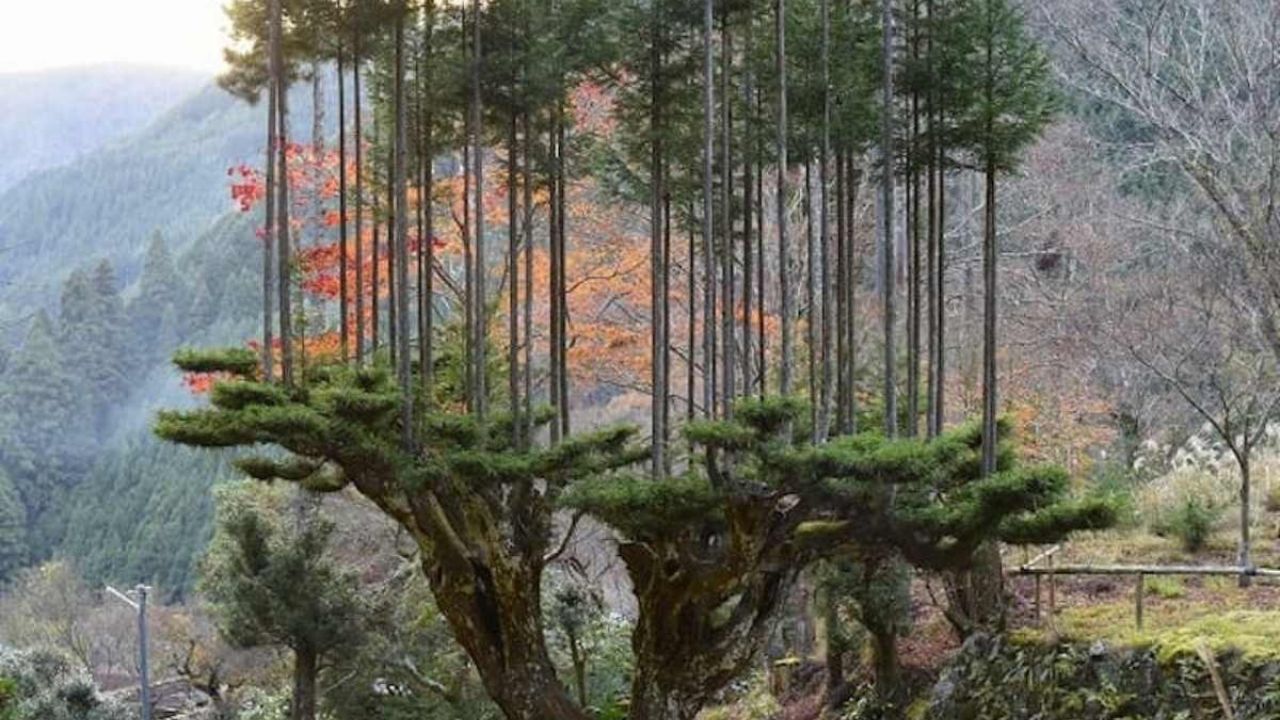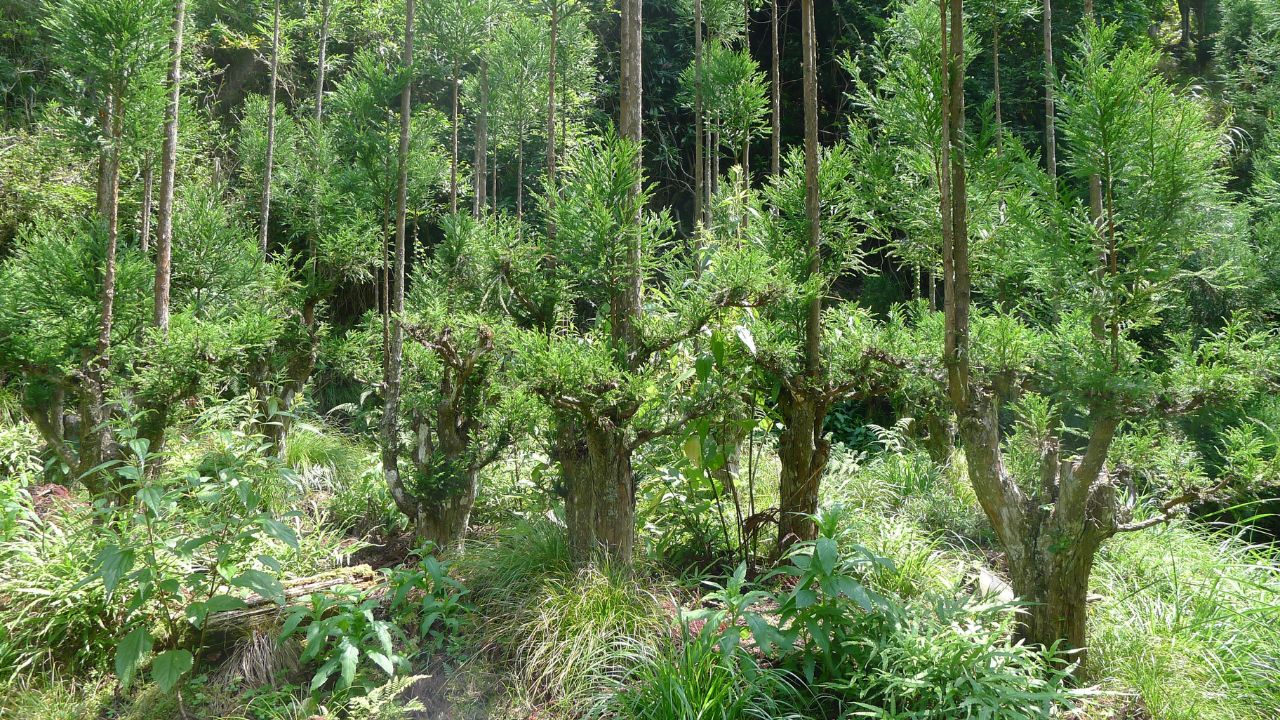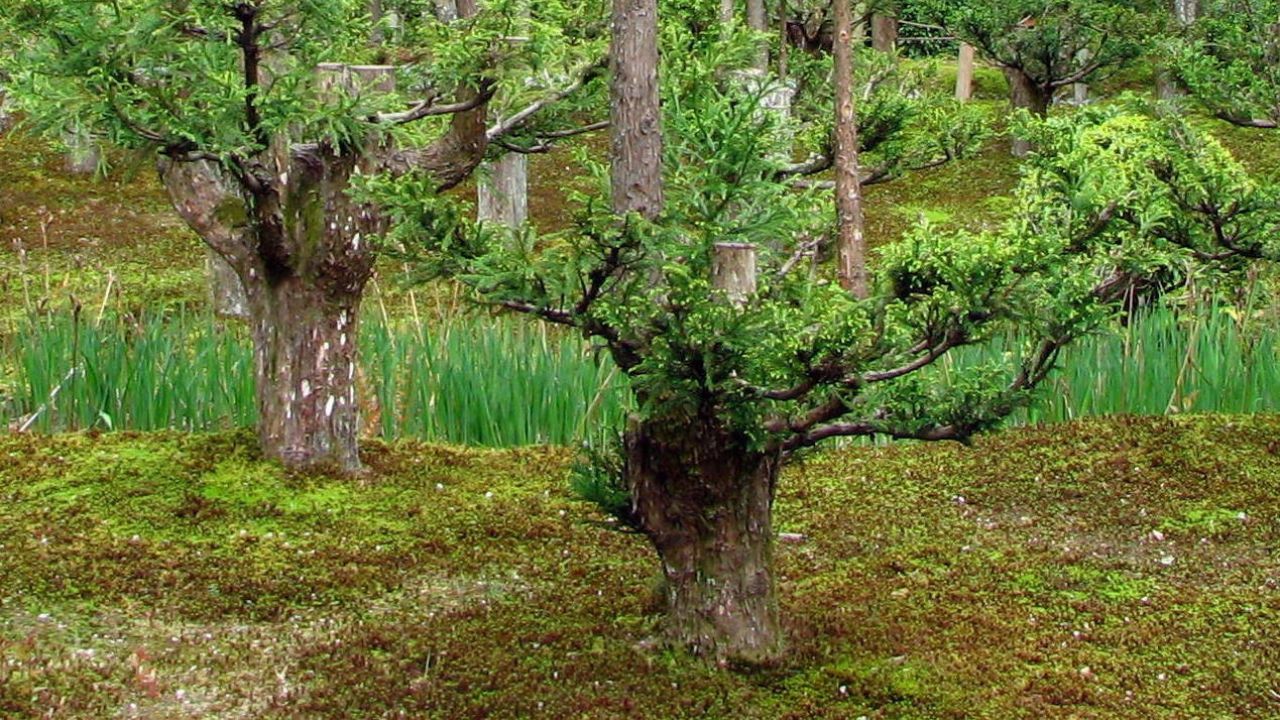Did You Know That Japan Produces Wood Without Cutting Down Trees? That’s How
Turning necessity into a virtue is an inherent talent in Japan. The local population has often shown they know how to navigate complicated situations. Although it has lost some popularity in recent decades, the Daisugi technique remains highly interesting. This is particularly noteworthy considering its contrast with the practice of deforestation and its distant origins, dating back (think about it) to the 14th century.
How Japan opposes deforestation: the origins, peculiarities and advantages of the Daisugi technique

It was around 1300 when the residents of the Kitayama region faced a significant challenge. Building houses in the area was extremely challenging due to a scarcity of raw materials.
During that period, the prevailing architectural technique was sukiya-zukuri, but the scarcity of wood, attributed to unfavorable territorial conditions, posed a challenge. With limited flat surfaces, the community realized the need to explore alternatives. Hence, the Daisugi technique saw the light of day as the right solution to reduce the number of plants, stimulate the development cycle, and obtain abundant supplies of wood.

The procedure is quite similar to that of the more well-known bonsai, but it involves significantly larger trees like cedars. Every two years, these trees undergo meticulous hand pruning, leaving only the upper branches from which new shoots emerge. The resulting appearance is distinctive, creating the impression that the cedars are growing on top of each other. Remarkably, these trees can thrive for up to three centuries.

Today, the demand for wood obtained through this technique has significantly decreased; however, production persists due to its excellent properties. With 40 percent greater flexibility and twice the strength of regular cedar, it finds utility in areas prone to violent natural disasters. It also happens that we need it in decorative gardens. The aesthetic qualities allow it to impart a refined and enchanting touch to outdoor spaces.





